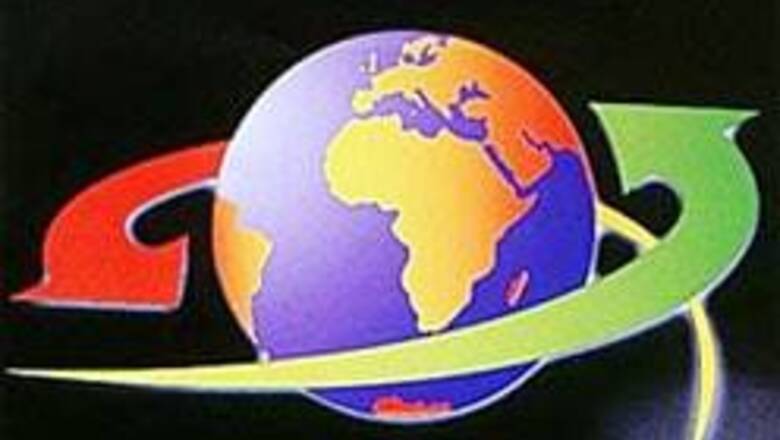
views
London: A digital doomsday may be round the corner. In exactly 1,273 days there will be web confusion in the world as we run out of Internet addresses.
More than 85 per cent of the available addresses have already been allocated and the rest will run out by 2011, according to a prediction by the Organisation for Economic Cooperation and Development (OECD).
These are not the normal web addresses that you type into your browser's window. These are the numerical Internet protocol (IP) addresses that denote individual devices connected to the Internet. They form the foundation for all online communications, from e-mail and web pages to voice chat and streaming video.
IP addresses are so basic to the success of the Internet that you really do not need to know a website's domain name if you know their IP. In fact, domain names are only a convenience for people who have better luck remembering to type, say, www.google.com, than they would have trying to remember Google's IP address of 216.239.39.99.
Whenever you type http://www.google.com into your browser, the browser sends a query off to a big telephone book in the sky and asks "Hey, what's the IP address for google.com?". This big telephone book, more commonly called a "Domain Name Server" or DNS for short, returns 216.239.39.99 to your browser. Your browser then heads off to Google's website using the IP address as a map.
When the current IP address scheme, called Internet Protocol Version 4 (Ipv4), was introduced in 1981, there were hardly 500 computers connected to the Internet. The address makers at that time allowed for four billion addresses, thinking they would last forever. They have been nearly gobbled up in just under 30 years!
As addresses run dry we will all feel the pinch: Internet speeds will drop and new connections and services (such as Internet phone calling) will either be expensive or simply impossible to obtain.
The solution to the shortage is to upgrade to a new address protocol.
The Internet protocols are prepared by the Internet Engineering Task Force (IETF), a large open international community of network designers, operators, vendors, and researchers working for the smooth operation of the Internet.
The IETF is an organised activity of the Internet Society (ISOC), a not-for-profit organisation founded in 1992 to provide leadership in Internet related standards, education and policy. The Society's south and southeast Asian Bureau was established this January. The India chapter is headquartered in Chennai.
The IETF is already prepared for the doomsday. It has devised a replacement system, called IPv6, more than a decade ago, providing enough addresses for billions upon billions of devices as well as improving Internet phone and video calls, and possibly even helping to end e-mail spam.
Then why the doomsday predictions? The problem is that the new system is not really compatible with the Internet of today. If, for example, Google wants to support IPv6, it will need to build a whole new IPv6 web service, complete with new domain names, servers and bandwidth. The costs run into billions.
The OECD notes that "immediate costs are associated with deployment of IPv6, whereas many benefits are long-term and depend on a critical mass adopting it", according to The Sunday Times.
Until such time, start looking at the countdown clock for the doomsday at penrose.uk6x.com.




















Comments
0 comment